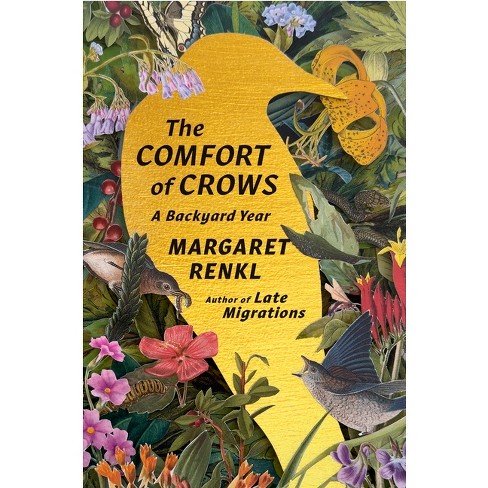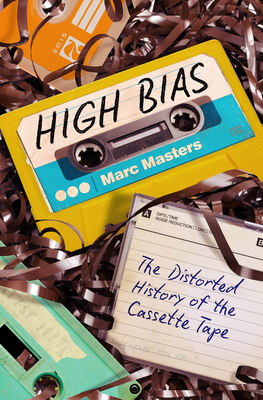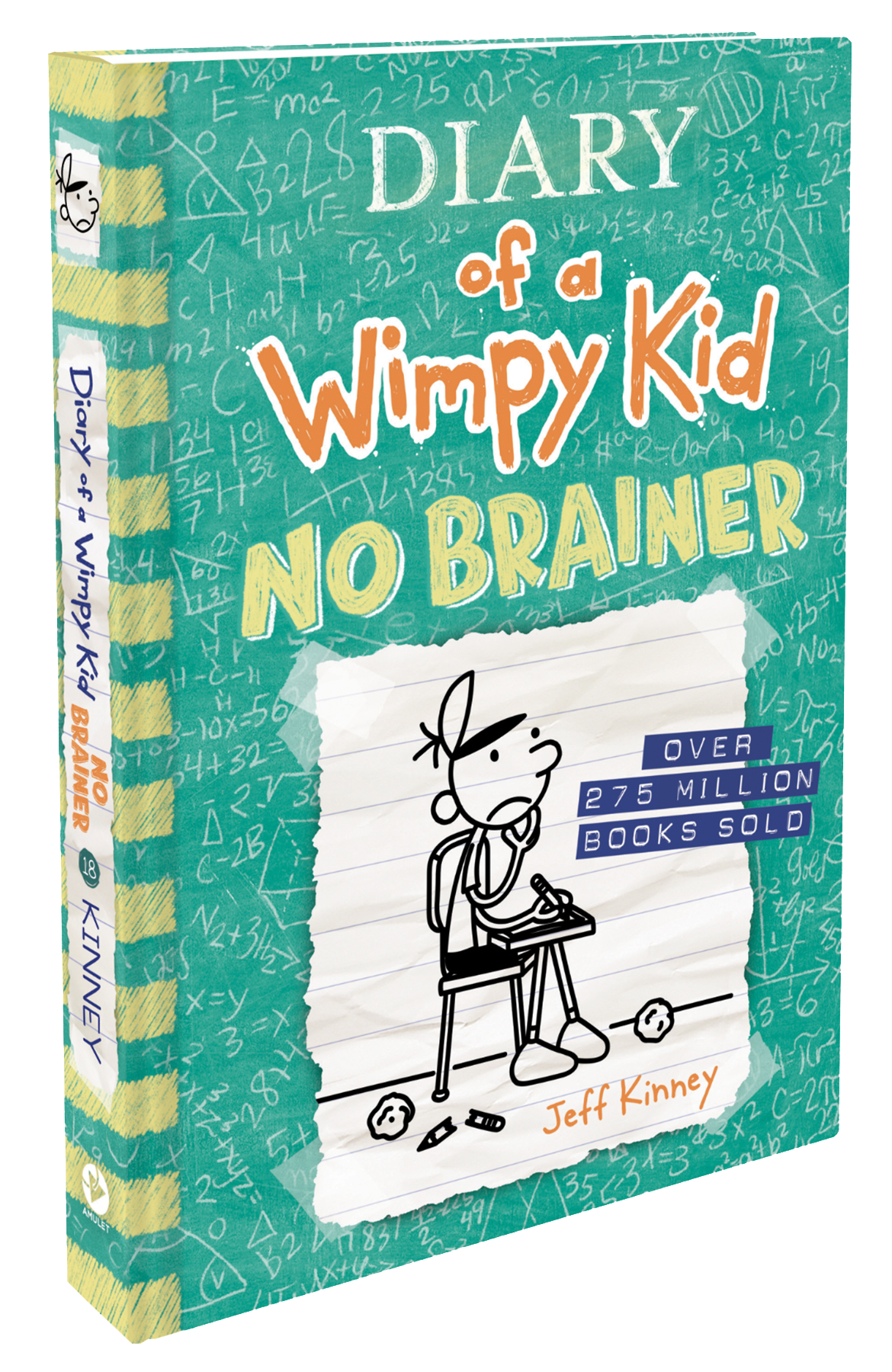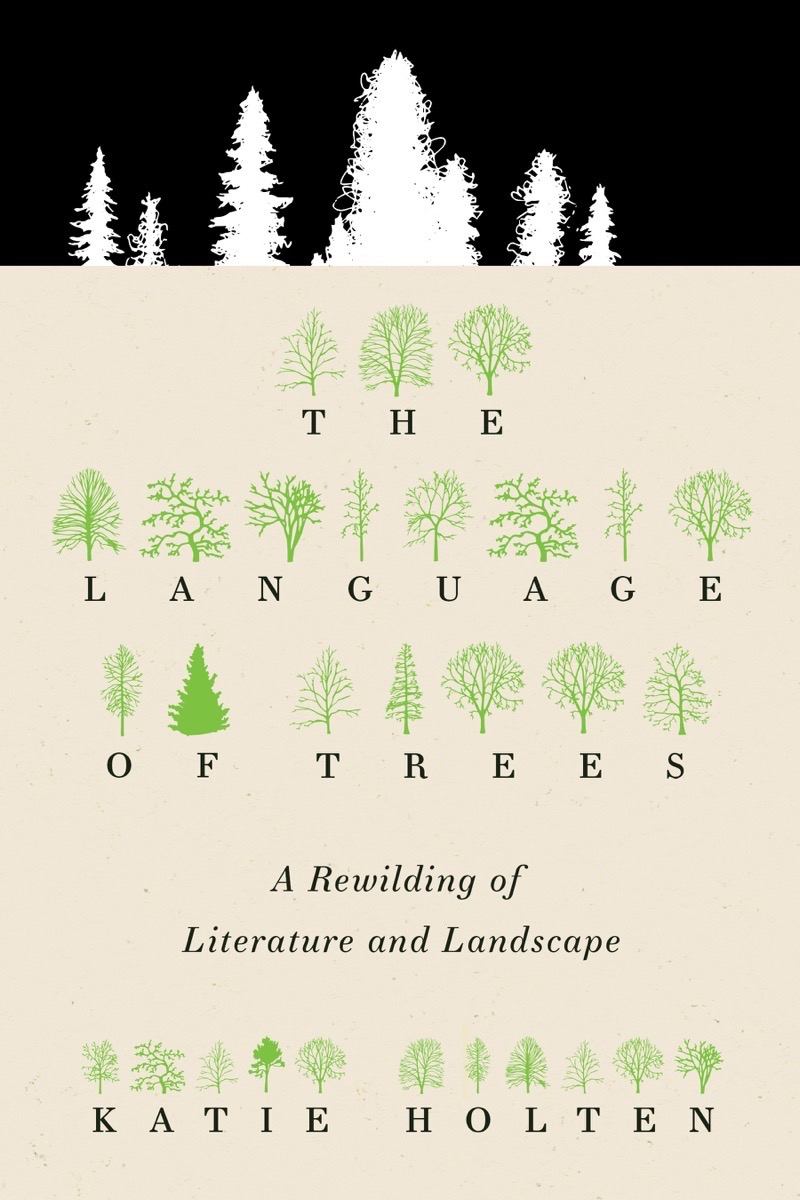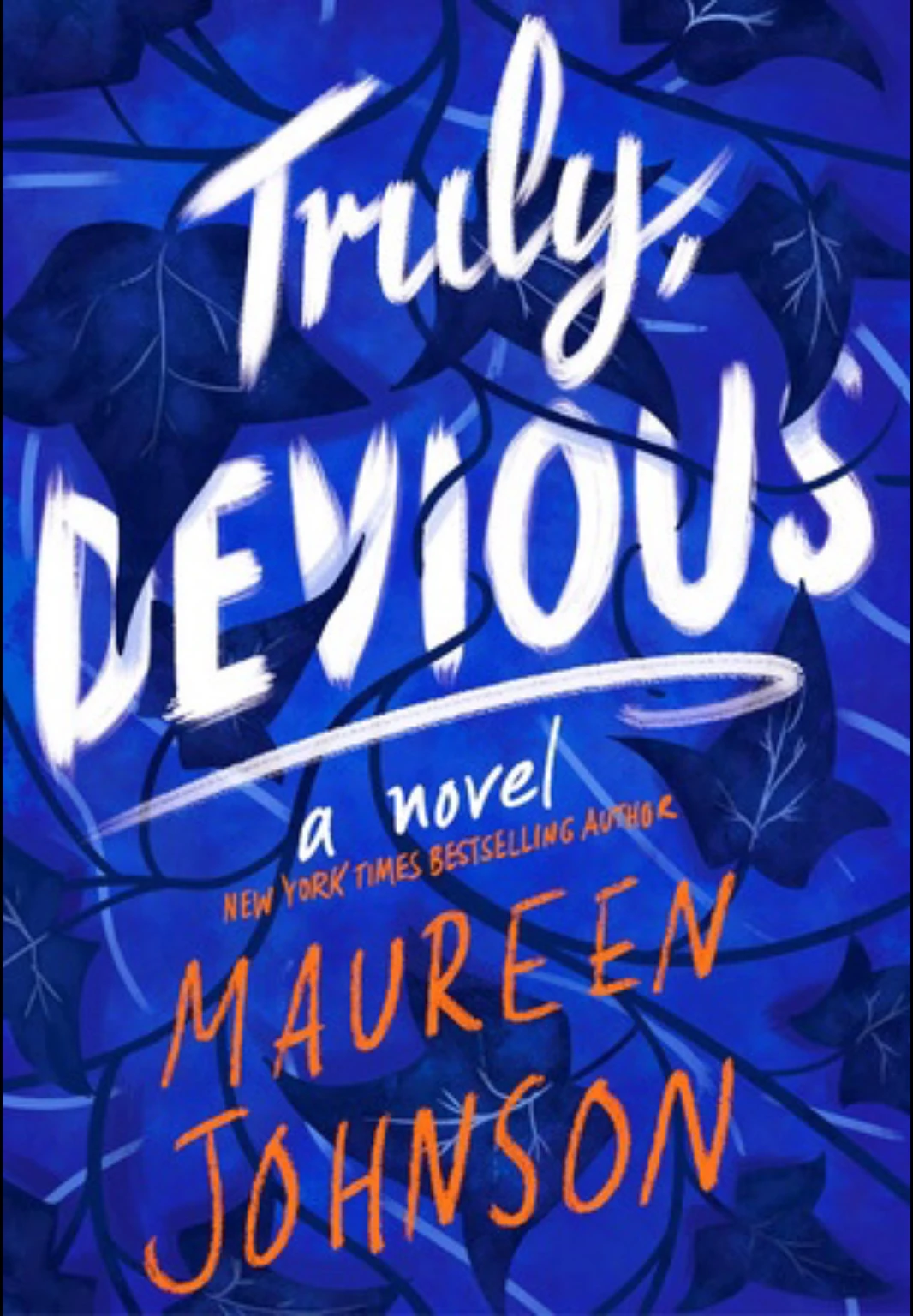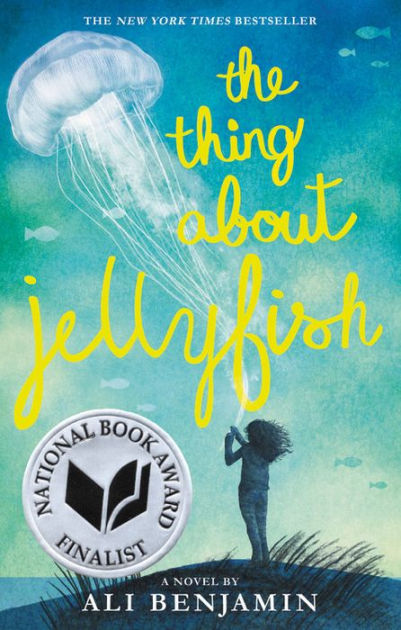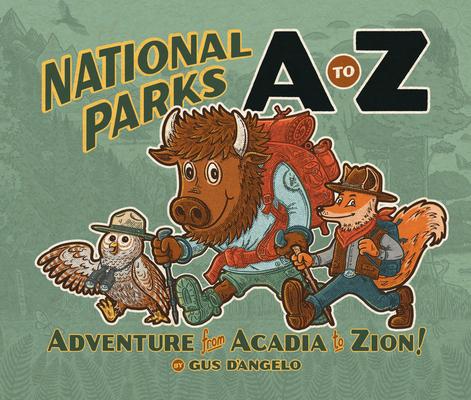I love Margaret Renkl’s regular column of observational writing in The New York Times and I enjoyed her last book – Late Migrations – immensely. Her latest book — The Comfort Of Crows — hit me in a different way, as she documents the seasons of the year through the lens of nature in her Nashville yard.
My connection with her narrative is that, like her, our three sons have all moved out of the house (the last one is in his first year of college) and my wife and I are navigating these empty spaces that were once full of noise and activity. We’re awash in the stories of their childhoods in sudden memories, and thinking of where our next phase of life will bring us.
Renkl does the same, but with lovelier language and keen observational skills, and this collection of short essays and “praise songs” for nature and the animal world resonated, particularly as she grapples with the changing environment and animal passages through her property, connecting what she is seeing out her window with her own family history and her own stories.
The Comfort Of Crows is beautiful writing, made even more delightful by the collage and artwork of her brother, Billy Renkl, who illustrates each section with intriguing art that mixes various media together to capture the natural world.
Peace (ponderings),
Kevin
